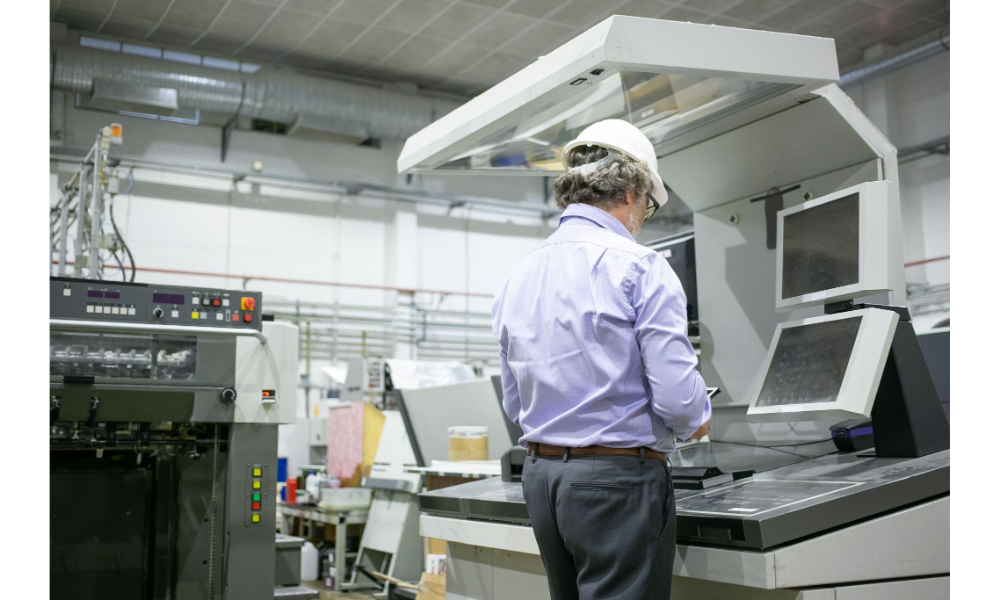In workplaces across Singapore and beyond, security is the centre of safety and efficiency. From construction sites to logistics hubs, equipment must be secured to protect assets and safeguard lives. That’s where master locks step in, offering practical solutions for keeping environments controlled and hazards minimised. Yet locks alone don’t drive safety; partnerships with an industrial equipment supplier ensure businesses have access to reliable systems and guidance. But how do you maintain enthusiasm for something as routine as locks? How can businesses maximise their use of safety gear, and what skills should managers and workers develop to handle security effectively?
Turning Routine Into Responsibility
For many employees, using master locks feels like just another daily task of securing a toolbox, locking up hazardous materials, or fastening machinery after use. The challenge lies in avoiding complacency. When something becomes routine, it’s easy to cut corners.
One way to maintain enthusiasm is through storytelling. Safety briefings that highlight real-world incidents, where proper use of locks prevented accidents, remind workers of the importance of the task. An industrial equipment supplier can support this by sharing case studies or safety updates, showing how simple tools have made real impacts.
Another approach is to integrate locks into a broader safety culture. Workers are more likely to stay engaged when they see locks as symbols of collective responsibility, not just individual chores. By recognising and rewarding teams that consistently follow security protocols, managers can turn routine lock usage into a point of pride. This enthusiasm is about reframing locks from being mundane pieces of hardware to vital partners in keeping everyone safe.
Using Locks Strategically
Locks are part of a bigger system of risk management. A master lock placed correctly can stop unauthorised entry into hazardous zones, protect tools from misuse, and ensure machinery is shut down safely during maintenance.
Maximising these efforts means thinking strategically. It’s not enough to distribute locks; businesses must decide where, when, and how they’re used. For instance, lockout/tagout systems prevent dangerous equipment from being activated during repair. Coordinating these locks with clear signage ensures everyone on site understands the message.
Here, the role of an industrial equipment supplier becomes essential. Suppliers provide advice on selecting the right lock types, whether padlocks for portable tools or keyed-alike systems for team use. Their expertise helps businesses avoid mismatched or underperforming equipment, ensuring every lock fits its purpose.
Efficiency is also part of maximisation. With too many different locks in circulation, time gets wasted on managing keys. By streamlining lock systems and using centralised solutions, businesses save time without sacrificing security. This kind of optimisation transforms locks from simple accessories into productivity boosters.
Becoming a Security-Savvy Workforce
Locking equipment may seem straightforward, but skill development in this area is often overlooked. Training goes beyond how to fasten a lock. It’s about understanding why it matters and how it integrates into broader safety systems.
Employees can improve their skills by learning the standards behind lockout/tagout procedures, as well as familiarising themselves with different types of master locks. Knowing when to use a high-security padlock versus a combination lock ensures better decision-making.
Collaboration with an industrial equipment supplier adds another layer of skill-building. Many suppliers provide workshops or demonstrations on how to apply locks in line with safety regulations. This is particularly valuable in Singapore, where compliance with workplace safety requirements is tightly enforced.
Even managers benefit from enhancing their lock-related knowledge. Skills such as auditing lock usage, identifying weak points in storage systems, and aligning policies with best practices create a workforce that treats security as second nature. Developing these skills ensures that locks contribute to a culture where safety is ingrained in every decision.
From Locks to Lasting Safety Culture
The everyday act of locking up may seem small, but its consequences ripple across the workplace. By maintaining enthusiasm, maximising strategic use, and developing the right skills, businesses transform master locks into linchpins of safety and efficiency. When supported by the expertise of an industrial equipment supplier, these locks become symbols of commitment to people and property alike. The message is clear: safety isn’t built on big moments alone, but on small, consistent actions. Each lock clicked shut is another step towards a safer, more responsible workplace.
Ready to review your workplace’s security routines? Start with your locks from SafetySam today. Because when it comes to safety, even the smallest click carries weight.




